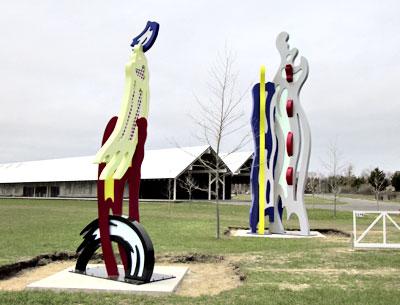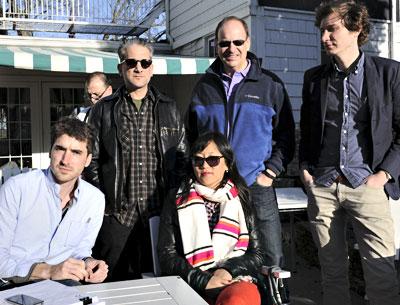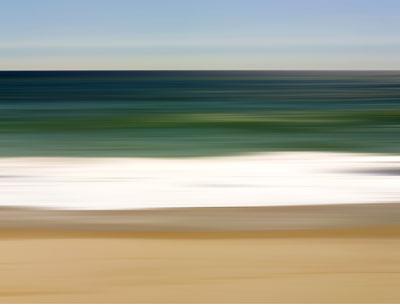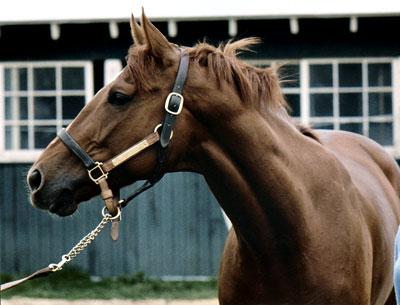A Lens Aimed at Southampton High Society
A Lens Aimed at Southampton High Society
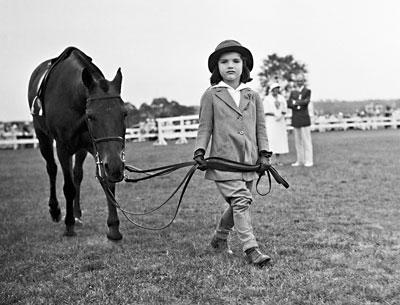
“Southampton Blue Book, 1930 to 1960: Photographs by Bert Morgan,” an exhibition chronicling the recreational pursuits of the town’s wealthy summer residents, will open at the Southampton Historical Museum Saturday and remain on view through Oct. 18.
Born in England in 1904, Bert Morgan immigrated to the United States with his parents at the age of 7. He began his career at 15, syndicating photographs for the Chicago Tribune and the New York Daily News. He started freelancing in 1930 with a camera he purchased for a quarter at a pawnshop. For the next 50 years Morgan moved freely in the inner circles of high society in Southampton, Newport, Palm Beach, New York City, and wherever else the “social set” gathered, gaining access, in part, by promising never to publish an unflattering picture.
According to Mary Cummings, manager of the museum’s research center, “Patrick Montgomery, who purchased the Bert Morgan archives, worked with us in choosing the approximately 30 photographs most relevant to Southampton. A highlight for many people will be photographs in the section devoted to the Southampton Riding and Hunt Club, where a young Jacqueline Bouvier was perfecting her horsemanship.” Photographs of the future first lady competing in a local horse show were selected from more than 500 images taken by Morgan of the Bouvier family.
Morgan also photographed people arriving in casual dress at the Southampton Bathing Corporation, and in more formal attire at the Meadow Club, where they socialized during the evenings. Among his celebrity subjects were Gary Cooper, C.Z. Guest, Diana Vreeland, and members of the Gabor, Duke, and Ford families. His work was published in The Social Spectator, Vogue, Vanity Fair, and Town and Country.
Photographs of the wedding of Henry Ford II and Anne McDonnell in 1940 are included in the exhibition, as are images from several of the most talked-about debutante parties. Some of the more unusual images were captured at twist parties thrown by Frank Hunter, a tennis professional and business executive. When Hunter purchased his Southampton home during the Cuban missile crisis, he spent $140,000 on a bomb shelter that was a replica of El Morocco, the New York nightclub he patronized for 50 years.
The Bert Morgan Archive consists of more than 800,000 negatives taken by Morgan and his son Richard at parties, openings, fund-raisers, sporting events, home sittings, weddings, and other functions attended by the rich and famous, including several generations of America’s most prominent families as well as European royalty.
An opening reception will take place at the museum June 7 from 4 to 6 p.m.


